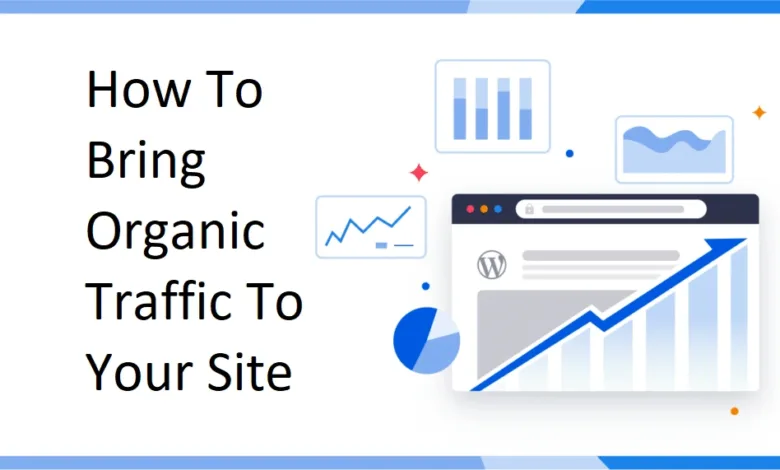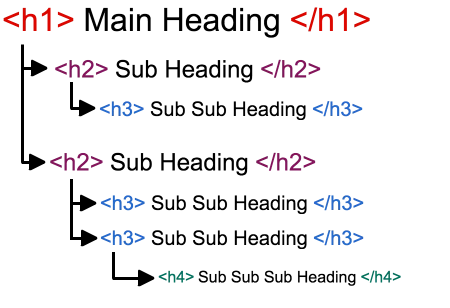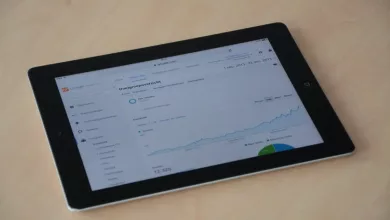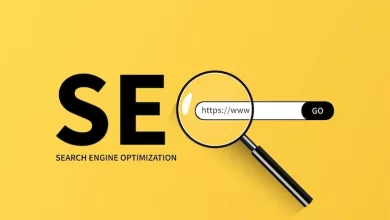How To Bring Organic Traffic To Your Site

Getting traffic to your website is a lot like opening a store in a busy shopping district: it doesn’t matter how great your products are if no one knows you’re there. That’s where search engine optimization (SEO) comes in. SEO is the art and science of optimizing your website to rank higher in search engine results pages (SERPs) so that people can find you more easily.
On-site SEO is the process of optimizing the content and structure of your website to make it more search engine-friendly. While there are many different factors that affect on-site SEO, this article will focus on the most important ones.
Meta Description Optimization
Your website’s meta description is the short summary that appears below the title and URL in search engine results. While adding keywords to your meta description won’t necessarily improve your rankings, it can influence how many people click through to your site. Here are some tips for optimizing your meta description:
Use your keywords in the meta description, as Google will bold them in the results page.
- Use capitalization to draw attention to important words.
- Be persuasive and inspire curiosity.
- Keep it to around 156 characters.
- Use cliffhangers to encourage clicks.
Heading Structure

Your website’s heading structure refers to the use of H1, H2, H3, and other heading tags to structure your content in a way that’s easy for search engines to understand. Here’s how to do it:
- Use H1 tags for your main topic.
- Use H2 tags for subtopics, and H3 tags for sub-subtopics.
- Look at your competitors’ heading structures to get ideas for your own.
- Include an FAQ section with H2 and H3 question-and-answer pairs.
Content-Length
The idea that longer articles always rank higher in search engines is a myth. Instead of focusing on word count, focus on providing high-quality content that fully answers your users’ questions. However, if you’re wondering what the ideal length is for a particular topic, you can Google your keyword and see what the average word count is for the top-ranking articles.
Search Intent
Search intent refers to the reason behind a user’s search query. There are four main types of search intent:
- Informational: users are looking for information on a topic.
- Navigational: users are looking for a specific website or page.
- Transactional: users are looking to buy something or complete a task.
- Comparative: users are comparing different products or services.
Make sure that your content matches the search intent of your target audience. To enhance the search intent and get more precise results, an internet research certificate gives advanced search queries to get what you were searching for.
Tools for On-Site SEO
Here are some tools that can help you with your on-site SEO:
All in One SEO Pack: a plugin for WordPress that helps you optimize your meta descriptions, titles, and other on-site factors.
Detailed SEO Extension: a free Chrome extension that can help you download your competitors’ heading structures and other data.
SEO Minion: another free Chrome extension that can help you download “people also ask” questions and other data.
In addition to the on-site SEO factors already mentioned, there are a few more elements that can help improve your website’s search engine rankings.
Site Speed
Site speed refers to how quickly your website loads. This is an important factor in SEO, as search engines want to deliver the best possible experience to their users. If your website takes too long to load, users are likely to abandon it and go elsewhere. Use tools like Google’s PageSpeed Insights or GTmetrix to test your website’s speed, and make any necessary changes to improve it.
Mobile Optimization
With more and more people accessing the internet on their smartphones and tablets, it’s crucial that your website is optimized for mobile devices. Not only does this provide a better user experience, but it can also improve your search engine rankings. Use Google’s Mobile-Friendly Test to see how your website performs on mobile devices, and make any necessary changes.
Schema Markup
Schema markup is a type of code that you can add to your website to help search engines understand your content better. It provides additional context to your content, such as the type of content, the author, the date it was published, and more. This can help improve your search engine rankings, as it makes it easier for search engines to deliver relevant results to their users.
User Engagement Metrics
User engagement metrics refer to how users interact with your website. This includes metrics such as bounce rate, time on site, and pages per session. While these metrics don’t directly impact your search engine rankings, they can indicate to search engines whether your website provides a good user experience. If users are quickly leaving your website, it may signal to search engines that your content isn’t relevant or helpful.
In conclusion, on-site SEO is an essential part of any successful SEO strategy. By optimizing your website’s meta descriptions, heading structure, content length, and search intent, you can improve your chances of ranking higher in search engine results pages. Additionally, factors such as site speed, mobile optimization, schema markup, and user engagement metrics can also impact your search engine rankings. With these tools and strategies, you can attract more traffic to your website, generate leads, and increase sales.





